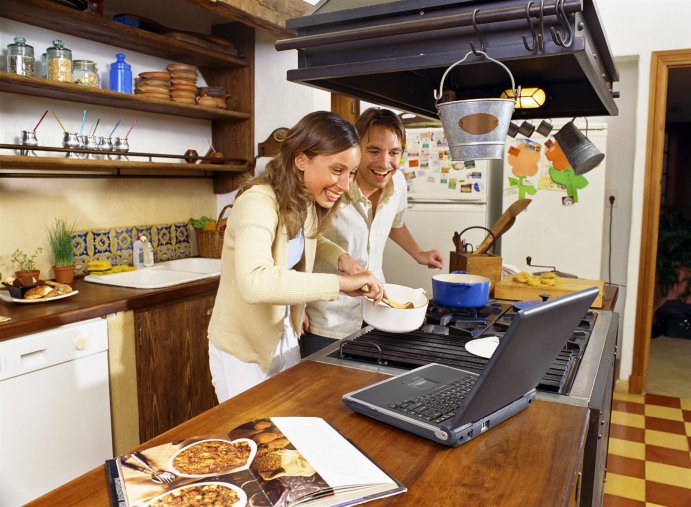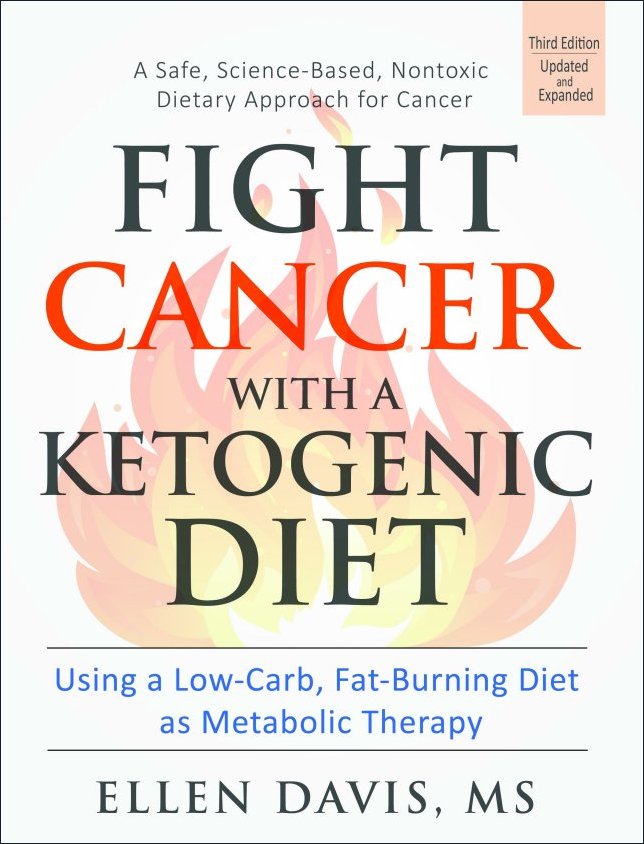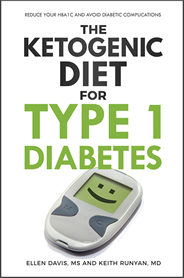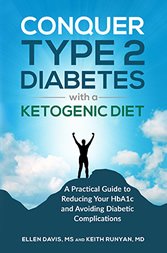Low Carb Cooking
Low carb cooking, especially ketogenic diet cooking, is all about creating meals from fresh, basic ingredients.
Each meal should be based on a protein source of meat, poultry or seafood, prepared using natural fats, with low carb vegetables and salads to compliment the meal.
Sauces and dressings are all made of natural fats and added as you like. I think sauces are the key to taking a low carb meal from okay to fabulous.
The main idea of cooking low carb is to avoid sugar and starch. This includes grains and flour, flour-based products like bread and crackers, starchy vegetables such as potatoes and peas, and sweeteners such as sugar and corn syrup.

The challenge is to learn new low carb cooking techniques, and substitute them for traditional, high carb cooking techniques. Hopefully, it will also be fun.
For instance, stews and chili usually start out with dredging the meat in flour. For a low carb stew, you would instead leave out the flour, and at the end of the cooking process, puree some of the vegetables with the liquid to make a thicker final product.
Meats, poultry and seafood choices can be cooked using the following methods (No flour, breading or cracker crumbs should be used, as they add unnecessary carbs): roasting, grilling, baking, sautéing, broiling, steaming, and poaching.
The same goes for cooking vegetables. All of the above methods are good. Be aware that cooking veggies in water (wet heat cooking) can destroy the vitamins in them, but if you are making a stew, at least some of vitamins are recovered because the cooking water becomes part of the final meal.
Using Natural Fats
Butter is the favorite fat source at our house. It gets included in most of my meals. I use it to gently saute meats and vegetables, make sauces, add to baked products and as a spread. However, I don't fry at high heat with it, as the milk solids can burn easily. Organic, cold pressed, unadulterated olive oil is another choice for low heat frying.
Note: You can test to see if your olive oil has been cut with soybean, cottonseed, or corn oil. Just put it in your refrigerator. Within a day or two, pure olive oil solidifies. If there is more than 20% of these other oils in it, it will never solidify at refrigerator temperature.
If I'm frying at higher temperatures, I'll add organic, virgin coconut oil to the skillet, as it has a higher smoke point.
You could also clarified butter or ghee, which is basically butter with the milk solids removed. A good, natural non-hydrogenated lard or beef tallow would also work well, and clean duck fat is heaven. Fatworks. com has some great products.
I try to limit the amount of vegetable oil I consume for two main reasons:
- Research has shown that vegetable oils are inflammatory within the body, and inflammation is associated with all sorts of health problems.
- Vegetables oils are highly processed, and the industrial process used to create them adds toxic solvents and chemicals which are left in the final product.
It's simply that natural fats are healthier for humans.
In addition, always choose the full fat versions of any pre-made fat products you use. For instance, choose real mayonnaise over low fat, and heavy cream over half-n-half, or light cream. The lower the fat content of a product is, the more likely that the carbohydrate count will be higher, as fat can only be replaced with carbohydrate or protein.
Time Saving Low Carb Cooking Tips
If you are too busy to cook during the week, there are several low carb cooking strategies you can use to stay on track:
- Cook all the food you'll need for the week on the weekend. You can: Make several low carb quiche recipes. Roast a chicken and make it into chicken salad. Bake a beef or pork shoulder, and slice it for easy snacks. Deviled eggs, tuna salad, ham rolls, and a big undressed salad are easy and fast. Cut block cheeses into 1 ounce portions and put them in ziploc bags. Make vegetable casseroles for a quick side dish option. Make stews or beef chili and freeze them in single serving containers. It's all about return on investment. If you make time for low carb cooking, you'll have plenty to choose from during the week for fast, easy meals.
- Find local sources with low carb food offerings. A local deli may have chicken salads, baked fish and other low carb choices. Or look for specialty restaurants that may have meat kabobs, or chef salads you can buy on the run.
- Stock your cupboard and refrigerator with easy to fix, low carb foods: choose from canned tuna and chicken, sardines, string cheese, individual greek yogurt cups, or hard boiled eggs for egg salad.
- If you do cook in the evening, make extra servings and store them for the next meal.
- Learn new, more efficient ways to cook. For instance, did you know that you can make bacon in the oven? Here's my page on how to bake bacon. It's a lot faster and way less messy than frying it in a skillet.
- Since you'll be cooking more meat on a ketogenic diet, here's a handy Meat Temperature Chart.
Low carb cooking can be fun and creative. Everyone has unique tastes, and as you learn more about cooking low carb foods, you can develop your own recipes with the flavors and spices that you like.
All of my books are available in electronic PDF, and now in paperback on Amazon!
 |
 |
 |
|
Buy paperbook on Buy paperback on Amazon Buy the e-Book via Paypal |
Buy paperback on Buy paperback on Amazon Buy the e-Book via Paypal |
Buy paperback on Buy paperback on Amazon Buy the e-Book via PayPal |